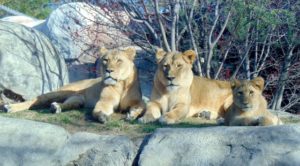
Overall Rating![]()
The Dallas Zoo is located in Dallas, TX and was opened in 1888. This is one of several zoos located in Texas. The zoo is approx. 106 acres, home to approx. 2,200 animals, which make up approx. 430 different species. The Zoo participated in an AZA program called The Species Survival Plan. They are accredited members of the Association of Zoo and Aquariums. The Zoo is also involved with the Cheetah Conservation Fund. The Dallas Zoo has 66 species in the Species Survival Plan.
Dallas Zoo Website: www.dallaszoo.com
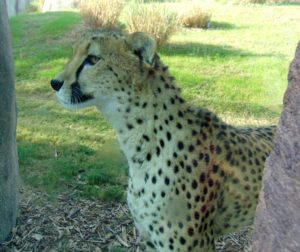
Hours:
9:00am-5:00pm Daily
Closed Christmas Day
Ticket Pricing:
March-December:
Adults (12-64)-$17.00
Seniors (65+)-$14.00
Kids (3-11)-$14.00
Kids 2 & under-Free
January-February (Penguin Days)
All Tickets All Ages-$8.00
Parking: $10.00 per car (free for members)
Pet Daycare:
None available
Service Animals are Welcome
With any extra service provided I would always call ahead for any information.
Restaurants:
There are 3 seasonally available restaurants/concessions located inside the zoo.
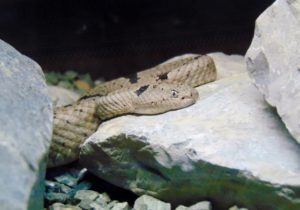
Animal Habitats![]()
Education![]()
Cultural Immersion![]()
Navigation![]()
Food Variety![]()
For more information on our ratings click here.
Our Zoo Experience
The Dallas zoo is one of my favorite zoos to visit. Steve and I have visited the Dallas zoo four times to date.
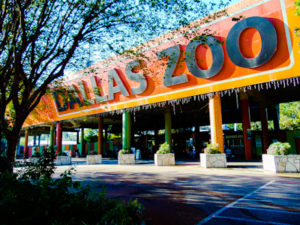
The zoos Wilds of Africa is in my opinion the best African area in the south.
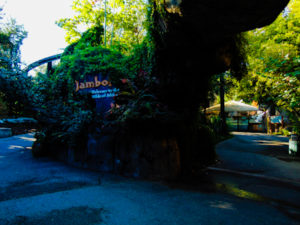
To get to Africa first you pass the Lemur Island. This is what Steve calls a great first impression habitat. They have good space to play and explore. There are trees to climb and places to hide.
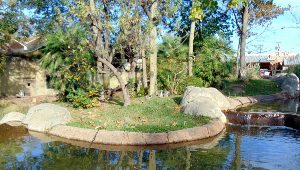
Their island is surrounded by crystal clear water. It is beautiful.
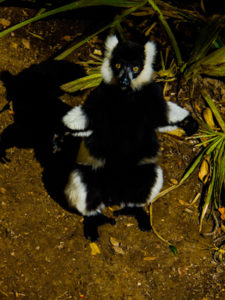
After you have a great encounter with Ringtail Lemurs and Black & White Ruffed Lemurs, head left towards the tunnel to the Wild of Africa.
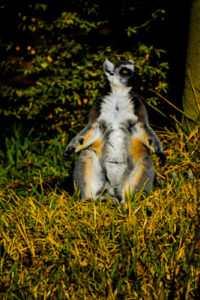
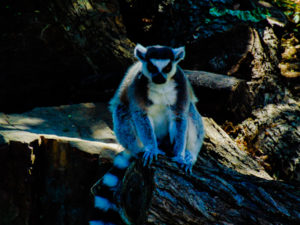
Black & White Ruffed Lemurs are more arboreal than Ringtail Lemurs.
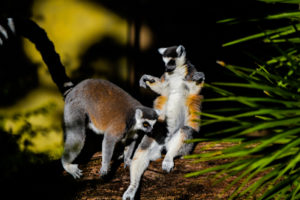
Once through the tunnel, you embark on a journey through Africa starting with the African Black-footed Penguins.
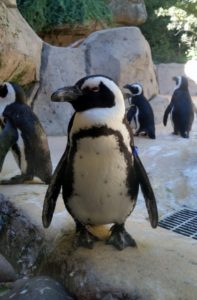
The Penguins have a deep pool of clear water they can swim in with a waterfall. Get your camera ready because these little girls and guys are quite the hams.
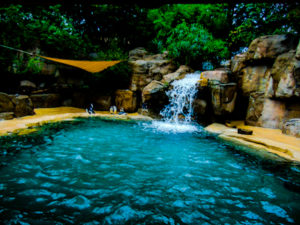
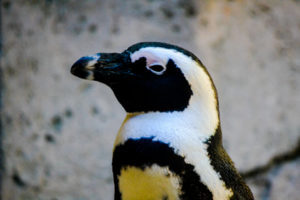
After the Penguins, you encounter the fastest land Mammal. That’s right, the Cheetah. The zoo has a brother and sister pair of Cheetah.
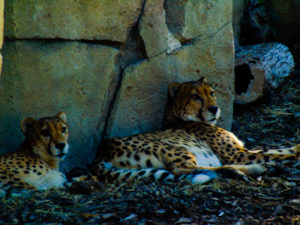
According to the keepers at the zoo, the female Cheetah likes to catch her own snacks. Her brother tries to get her to share, but she won’t.
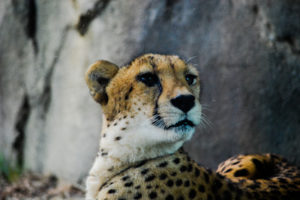
Her thinking, she caught it she eats it. Beware squirrels and birds stay out of the Cheetah habitat.
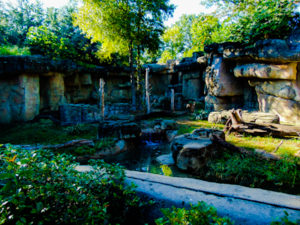
Keep walking up the trail, up a few stairs, and you have 3 options of where to go next. Take a left and that leads you to the Giants of the Savanna.
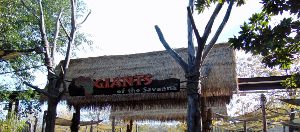
Go straight and you’ll find yourself trekking up and down Gorilla Trails. If you chose to go right, the path takes you toward the Adventure Safari Tram and the new (2017) Simmon’s Hippo Outpost.
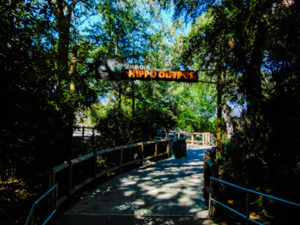
So let me tell you how Steve and I navigate the Wild of Africa. We usually get to the Dallas Zoo when they open at 9:00am.
We like seeing the animals up and active. When are they most active? They are most active at feeding times. Early in the morning keepers put treats out in their habitats. Right before the zoo closes the animals get ready for supper.
We chose to go left to the Giants of the Savanna. Also, another great thing to do is go on a weekday. We went on a Friday, and for a while we were the only ones in Africa at the Giants of the Savanna.

I was able to take great pictures with no one in the frame. You are in Africa at the Giants of the Savanna, first thing you see are these huge majestic African Elephants on the Savanna.
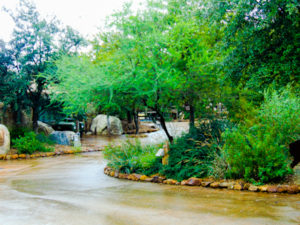
There are multiple viewing areas to get the perfect picture.

The Serengeti Grill is to the left and this grill has a very unique feature. They have floor to ceiling windows connected to the African Lion habitat.
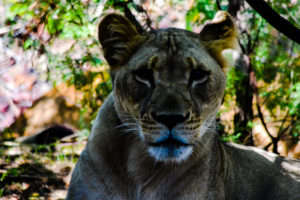
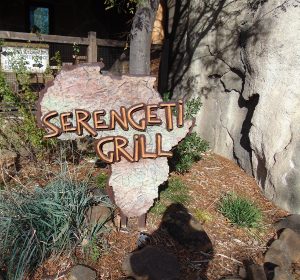
You can have your lunch right next to an African Lion. How cool is that?
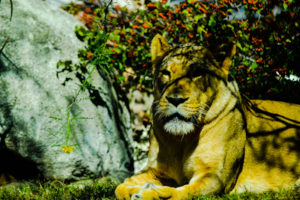
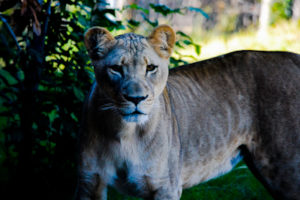
Next to the Lion habitat is the African Painted Dogs. Did you know these pack hunters are some of the most successful hunters on the African Savanna? They work together to run an animal to exhaustion.
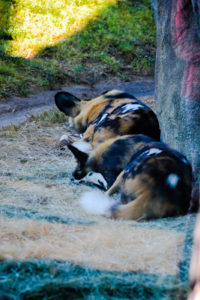
Today, these sleepy cuties were not interested in running at all. They would barely even look up from their nap for a picture!
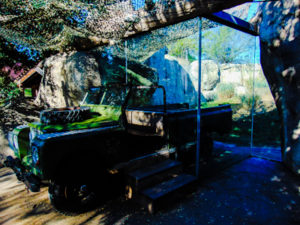
Follow the path around you have a wide view of the savanna. The animals often seen are Giraffe, Kudu, Grant’s or Thompson’s Gazelle, and Guinea Fowl.
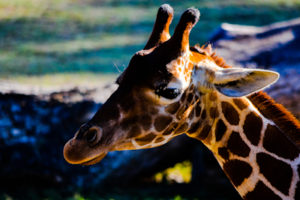
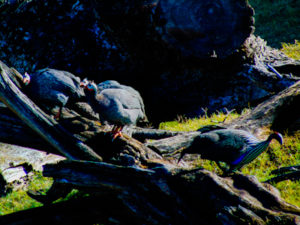
This is called interspecies co-habitation. No predators, so everyone can live peacefully.

The Elephants are separated from the plains animals but you really can’t tell with the natural barriers the zoo has in place.
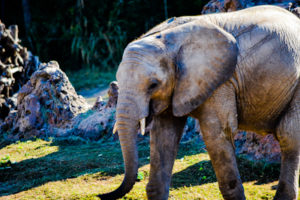
After the path winds around to start you back to the entrance of the Giants of the Savanna that’s when you come across the Warthog habitat.
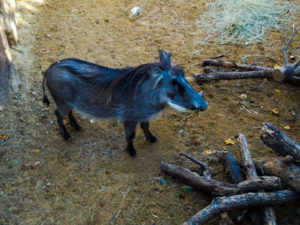
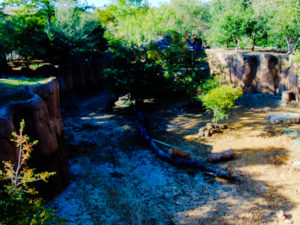
Leaving the Giants of the Savanna exhibit Steve and I take the Gorilla Trails.
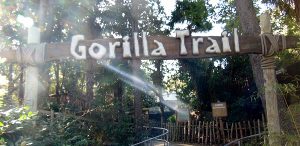
On this trail you encounter Western Lowland Gorillas, Rock Hyrax, Klipspringer, various Birds, a couple of Nile Crocodile, and Steve’s favorite, Meerkats.
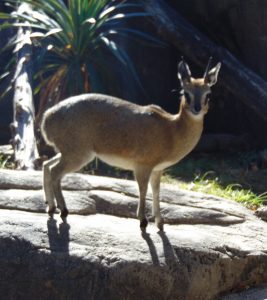
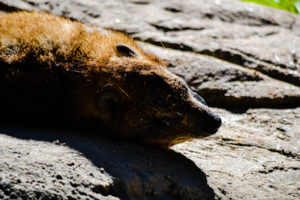
The Dallas Zoo has an amazing set of Gorilla habitats! As you walk along the trails you will feel as if you have been transported the forests in Africa these Animals call home.
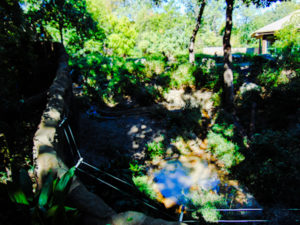
There is a large round building where you can sit and rest, watch the Gorillas in their habitats, and learn all about Gorillas and the need to conserve these amazing Animals. The zoo has volunteers here (and several other places throughout the zoo) to answer your questions.
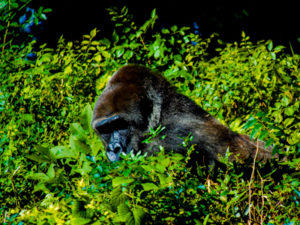
The whole Gorilla experience is quite immersive, and this is exactly the type of exhibit we like to see on our zoo travels!
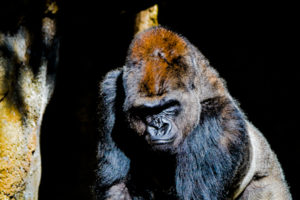
After the Gorillas, one of the first things you find on the Gorilla Trails is an African Aviary. There was all kinds of beautiful Birds and Water Fowl in this walk through exhibit.
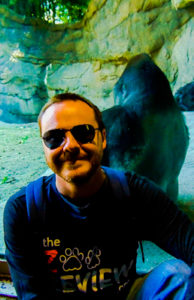
Aviaries will often have two sets of doors on both the entrance and exit. This allows visitors to walk among these birds, but they prevent the birds from getting out.
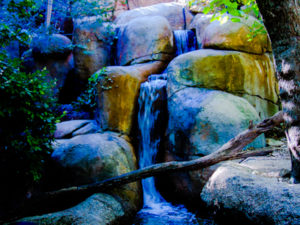
Please help the zoos out here! Anytime you enter an aviary, make sure you only open one door at a time.
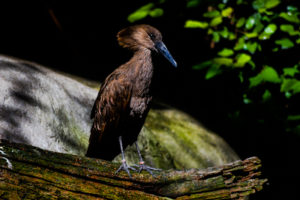
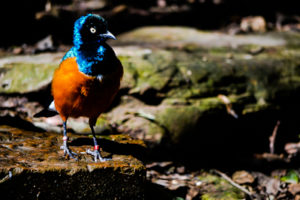
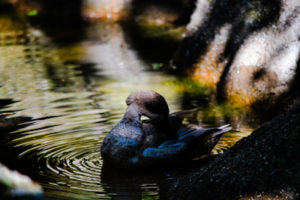
Across from the entrance of the aviary is the Nile Crocodile habitat. These happy reptiles were enjoying the sun in their beautiful habitat.
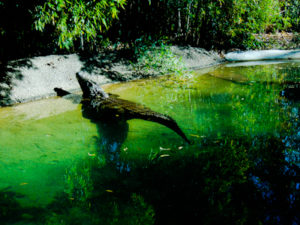
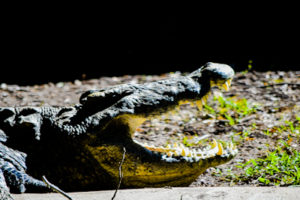
As you continue on the Gorilla Trails, you will find the Chimpanzees. On our most recent visit, we got to see a baby Chimpanzee being ornery. Then getting into trouble by her Grandma. It was too cute.
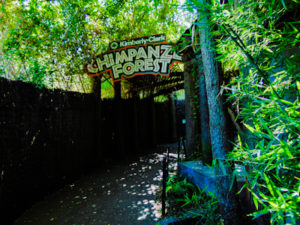
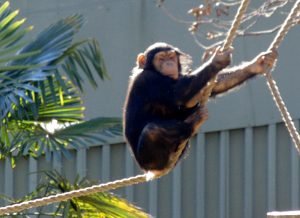
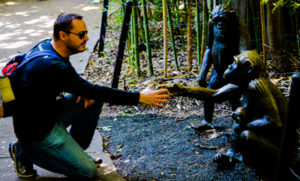
Along the Gorilla Trails you are transported from the jungles to the deserts. There are huge rocks called Kopjes. Kopjes are what animals use to get a better view of their surroundings.
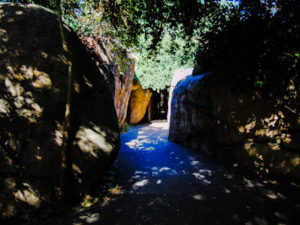
The Meerkats also have Termite mounds in their habitat so they too can keep an eye on things. Do you know what the lookout Meerkat is called? They are called a Sentinel. The Sentinel sounds the alarm to the Mob (group of Meerkats) that danger is near and to take cover.
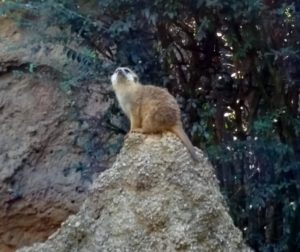
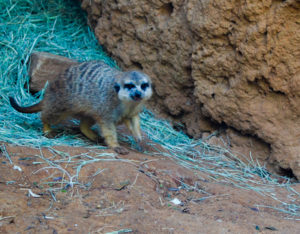
On your way out of Gorilla Trails is the entrance to the new Simmons Hippo Outpost. Here you can see Vultures, Okapi, and Nile River Hippopotamus. The new Hippo outpost looks great.
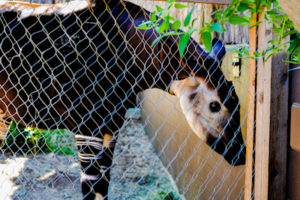
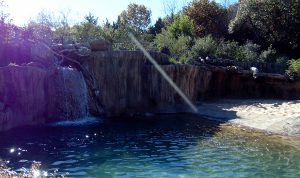
The Hippo’s habitat is large enough for 2 Hippos to share. They have a waterfall that flows into a huge pool, where they can sink to the bottom.
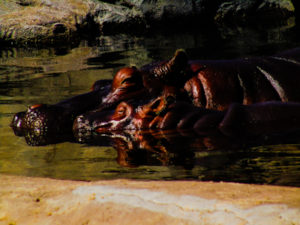
Fun fact, Hippos don’t float or swim. They walk on the bottom. They will push off the bottom with their hind legs to get to the top for air. The zoo has a great education building for the Hippo Outpost. You can even see how you would measure up to a Hippo, with the life size model Hippo inside the building.
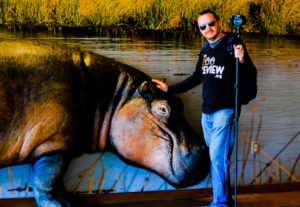
Before we headed back through the tunnel to visit Zoo North, we hopped a ride on the Adventured Safari Tram. There are certain animals that can only be seen by riding the tram. Plus you get to sit and relax for approx. thirty minutes.
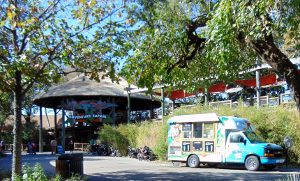
On the tram you will learn where these animals are from in Africa, and the Rivers you have to cross to get there.
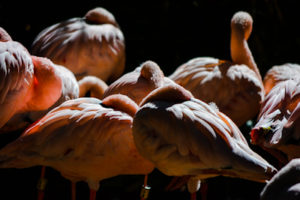
The animals you encounter only on the tram are Ibex, Eland, Bongo, Addax, Scimitar Horned Oryx (extinct in the wild), and Caracal to name a few.
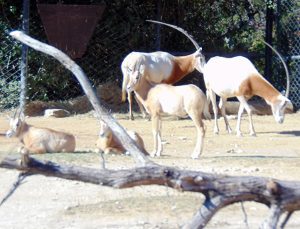
You get to ride over the Nile Crocodile, The Chimpanzee, and Penguin habitat as you return to the station.

Now, let’s head to Zoo North (the original part of the zoo). After emerging out of the tunnel from Africa you can choose to walk up a staircase. Or you can go around Lemur Island to get to the bridge that takes you to Zoo North.
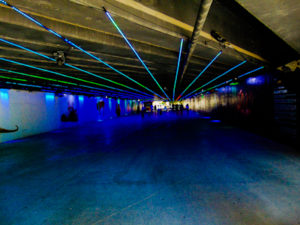
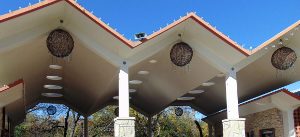
One of the highlights of Zoo North is the Lacerte Family Children’s Zoo!
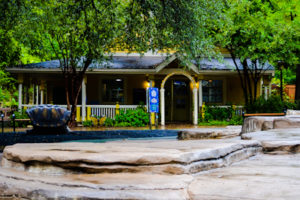
This area is packed FULL of all kinds of immersive, educational and interactive exhibits for the little ones and inner child alike.
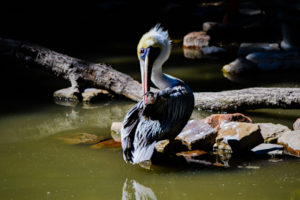
There is even a really cool butterfly themed splash pad for hot summer days!
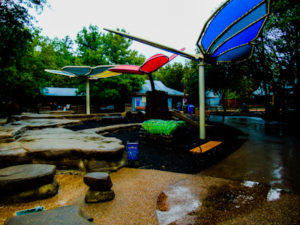
In the Underzone, you can learn about Naked Mole Rats and other underground creatures.
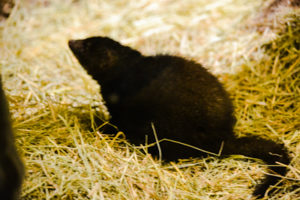
The Barn provides great information about domestic livestock. Be sure to check out the aquaculture pond. Also, you can hang out with the adorable goats and sheep in the petting zoo (don’t forget about selfie Sunday on our Instagram/Facebook page)!
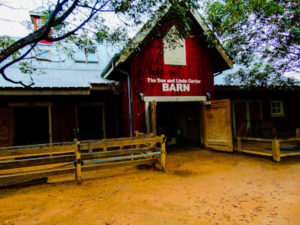
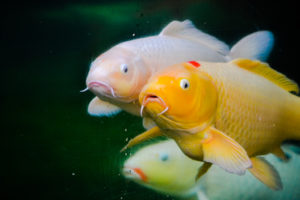
The Children’s Zoo is a wonderful way you could spend most of the day, and that is only a small part of this amazing zoo!
I know we really haven’t talked food, even though there were food concessions in the Wilds of Africa. Steve and I really enjoy the food in Zoo North at the Prime Meridian Café.
We love that the café offers healthy options such as salads and deli sandwiches. Check out the Zoo Food page to see the pictures of our lunch from the Prime Meridian Café.
After Steve and I finish our lunch, we like to stroll over across the path and visit the Tamarins and Saki Monkeys.
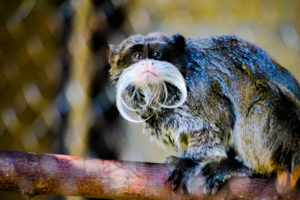
They are very tiny little monkeys. We then stroll down to Primate Place where you can encounter White-cheeked Gibbons, Bolivian Gray Titi Monkeys, Spectacled Monkeys, and Colobus Monkeys.
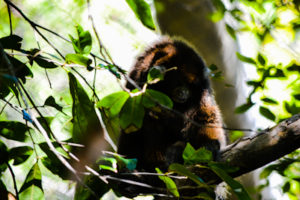
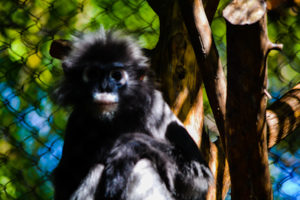
Across from Primate Place is the Asian exhibit. Here you are able to see (unless really hot outside) Tigers and Asian Small-clawed Otters.
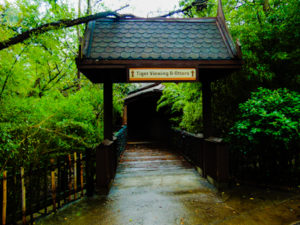
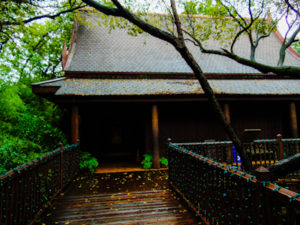
The Tiger habitat is huge for one of my favorite species. The viewing area is also above the habitat. This allows the viewer to see the majority of the habitat.
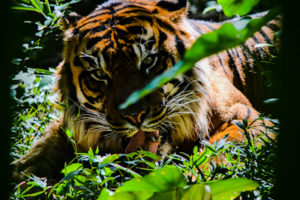
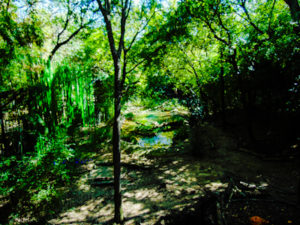
Sometime you can see him from the viewing area, but as stated above, on hot days he will lay up in her bamboo forest.
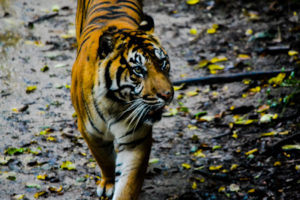
The Otter habitat has two different viewing areas.
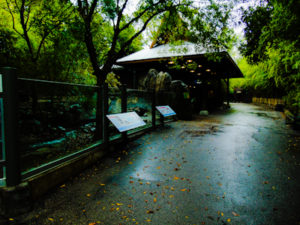
When they are swimming there is a view below the water so you can watch them swim.
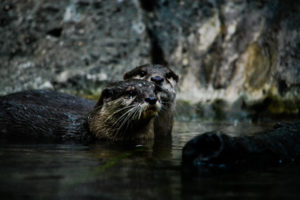
The other viewing area is a view of the habitat with grass and a small river for them to enjoy. The goal is to make the habitat as natural to their native habitat as possible.
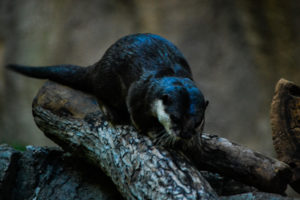
An awesome feature at their habitat is a window where you can see inside their den. If they decide they don’t want to be outside and would rather be snuggled up in their den, you are able to see them.
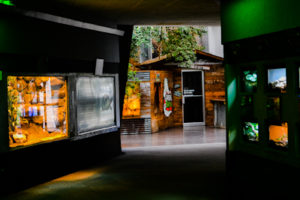
When we come to the end of the Asian Trail we enjoy walking through the zoos herpetarium.
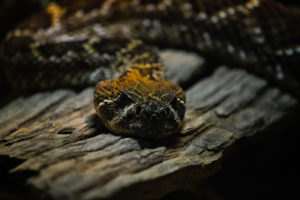

Now if you are as afraid of snakes as my mother you might want to sit this one out. As for Steve and I (he humors me I think) we love it.
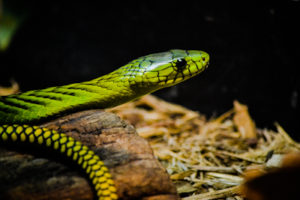
The herpetarium has the coolest habitat for a unique species called False Gharials. Unlike Alligators and Crocodiles, this species has a very long and slender snout. You walk in one door and you are on this wrap around balcony and below are the Gharials and a Turtle.
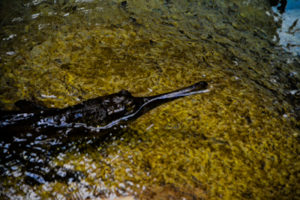
Oh, also while you are walking around the U shaped balcony, behind you along the wall are species of snakes found in Asia.
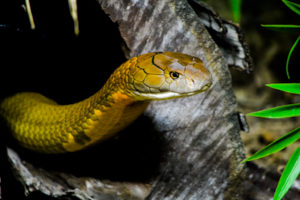
The rest of the Dallas zoo herpetarium has a very nice collection of venomous snakes.
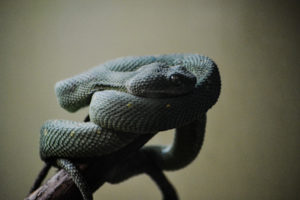
They also have an impressive collection of Reptiles and Amphibians, everything from the smallest Poison Frog to Hellbenders and Axolotls.
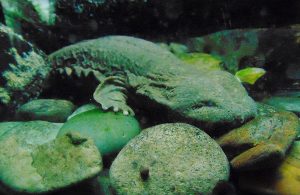
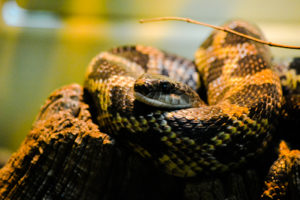
They also have small to large lizards as well as some not so common snakes.
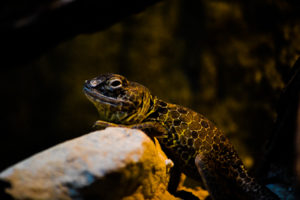
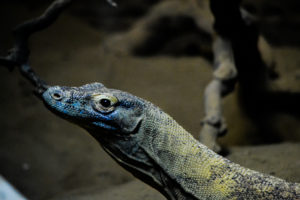
Steve’s favorite in the herpetarium is the Mata-Mata Turtle. Its head is shaped like a leaf.
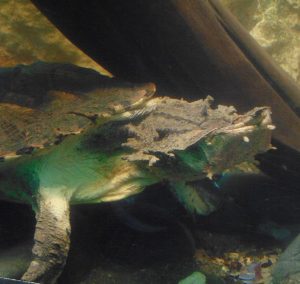
If you are interested in learning about the reptiles and amphibians of the world, and don’t get the willies, I would definitely recommend walking through the herpetarium.
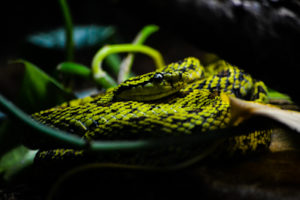
After walking through the herpetarium we like to catch the Cheetah Run, if the timing is right. I highly recommend catching this if you can. It is an educational demonstration of the Cheetah’s amazing speed.
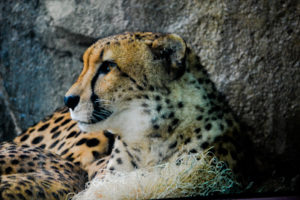
So basically what happens is they bring out one of their Cheetah and his or her Canine companion.
Fun fact: research has found if a Cheetah is raised with a dog they become easier to train and handle stressful situations better. This allows Cheetah at different zoos to become Ambassadors for their endangered species.
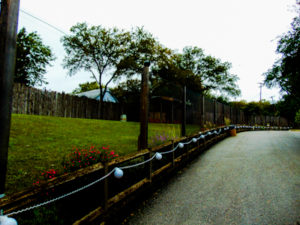
The keepers put a lure (toy) on a line that runs along the ground. The Cheetah will chase the lure. The Cheetah can’t get to top speed, but the speed in which the Cheetah does accomplish is still incredible.
After the run, the keepers will demonstrate some of the training exercises they do with the Cheetah. They also talk about why the Cheetah has a dog for a best friend. Also discussed, conservation efforts being applied to help keep the Cheetah from going extinct.
The next animal we see is the Giant Anteater. We had a cool experience this visit with the Anteater. Anteaters have poor eyesight, but their sense of smell is amazing.
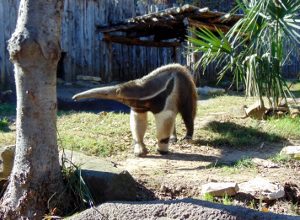
While we were standing at the Anteaters habitat (there is a deep trench and wooden fence that separates us) the Anteater was walking along the outer edge of his habitat with his nose in the air moving up and down.
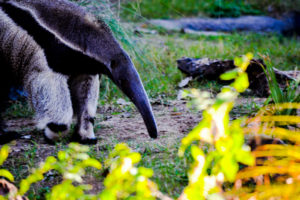
He was smelling all the people visiting him. It was also really neat to see how they walk on their knuckles because their claws are long and curved for digging Termite mounds.
Instead we spent a little more time at the Wings of Wonders exhibits along with the Galapagos Tortoise.
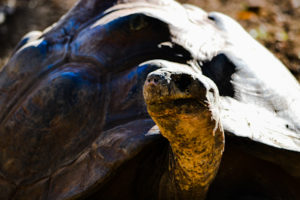
In the Wings of Wonder exhibit we saw Birds of Prey or Raptors from around the world.
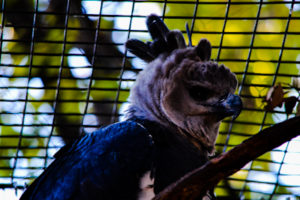
Some of the species were Vultures, Harpy Eagles, and Spectacled Owls.
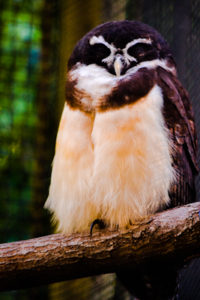

After the Wings of Wonder exhibit in what appears to be a small cottage is actually an Insectarium. Another place that gives some people the willies.
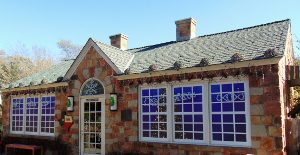
Inside there is a huge display with all the insects found in Texas. There is also an exhibit of a Honeybee hive and an active Ant Colony.
They have a large amount of information about the insects of the world. We had not previously visited the Bug U! building until this visit, but I’m glad we did.
After we learned all we could learn about bugs that day we crossed the bridge again and visited the gift shop. We visit every zoos gift shop to purchase a magnet of the zoo, for our fridge.
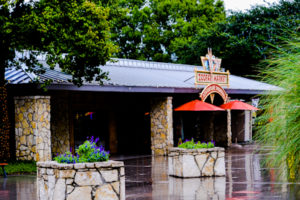
To go through the Dallas zoo, looking, learning, and visiting every exhibit and habitat at an enjoyable pace took us a full day.
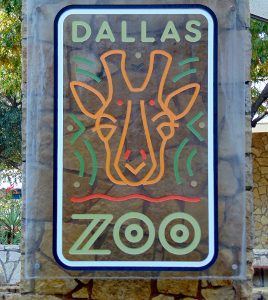
Getting there when they open at 9:00am and leaving around closing time. We truly enjoy visiting the Dallas zoo, and I know we won’t let too much time pass before we are strolling through Africa and Zoo North again.